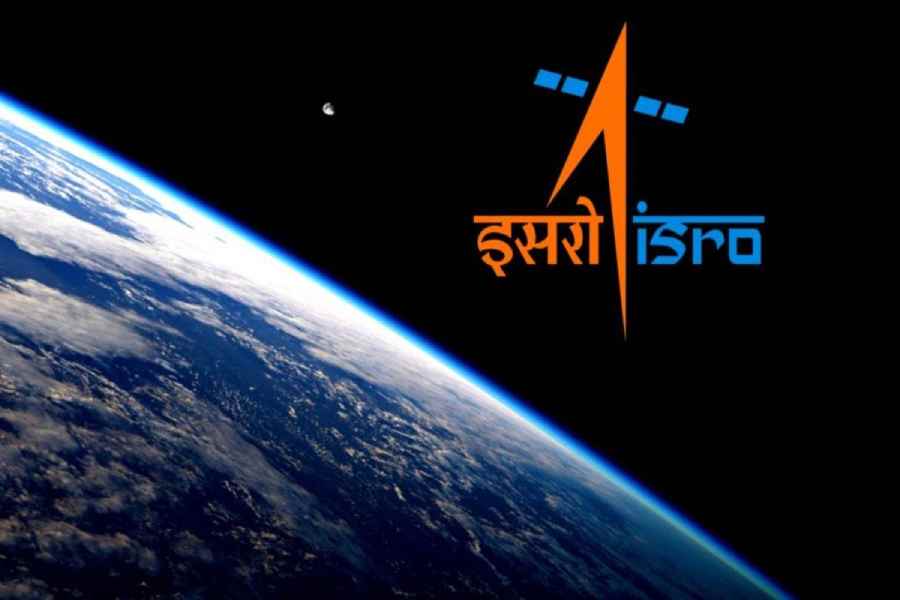In a first, the Indian Space Research Organization (ISRO) will launch a 4.7 tonne communications satellite onboard SpaceX’s Falcon-9 rocket in the second quarter of this year, NewSpace India Limited (NSIL) announced on Wednesday.
The GSAT-20 communications satellite is aimed at meeting the country’s broadband, in-flight and maritime communications (IFMC) and cellular backhaul services needs, the NSIL said.
The GSAT-20, which will be renamed as GSAT-N2, will have Ka-Ka band high throughput satellite (HTS) capacity with 32 beams having pan-India coverage, including Andaman and Nicobar Islands and Lakshadweep.
"Bulk of the HTS capacity on-board GSAT-20 satellite has already been secured by Indian service providers," the NSIL said, without specifying the buyer.
ISRO’s heavy satellite launch rocket GSLV-Mk3 is capable of putting into orbit 4,000 kg payloads in Geosynchronous Transfer Orbit (GTO), forcing the space agency to seek the launch services of Falcon 9 rocket from the SpaceX stable.
"NSIL is realising GSAT-20 satellite through ISRO and will be launched on-board Falcon-9 under a launch service contract between M/s NSIL and M/s SpaceX, USA," the NSIL said in a statement.
SpaceX's Falcon-9 is capable of placing 8,300 kg payloads into GTO.
Till now, ISRO has been using the services of French company Arianespace for launching heavier satellites.
ISRO is now developing the Next Generation Launch Vehicle (NGLV) which will have the capability to put a 10,000 kg payload in GTO.
"GSAT-20 weighing 4,700 kg offers HTS capacity of nearly 48 gpbs. The satellite has been specifically designed to meet the demanding service needs of remote/unconnected regions," the NSIL said.
As part of space sector reforms announced by the government in June 2020, NSIL was mandated to build, launch, own and operate satellites in "demand-driven mode" for meeting service needs of the user.
As part of this, NSIL successfully undertook its first demand-driven satellite mission – GSAT-24 in June 2022, in which the capacity onboard the satellite was fully secured by M/s TataPlay.
GSAT-24 mission was fully funded by NSIL. Presently, NSIL owns and operates 11 communication satellites in orbit.
Except for the headline, this story has not been edited by The Telegraph Online staff and has been published from a syndicated feed.










